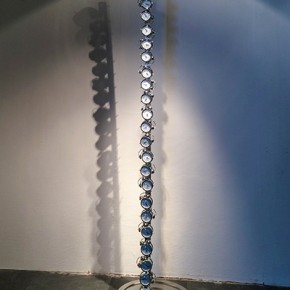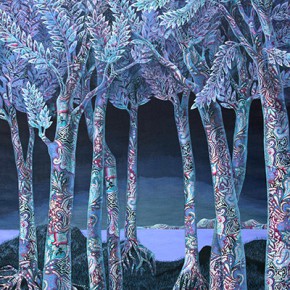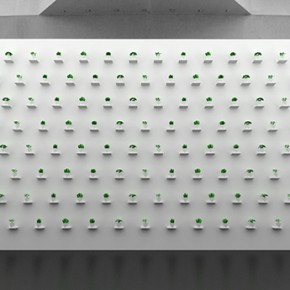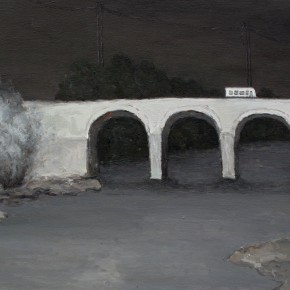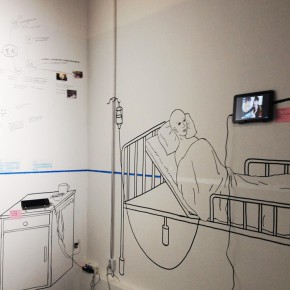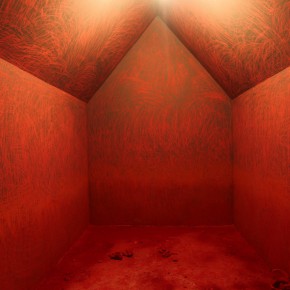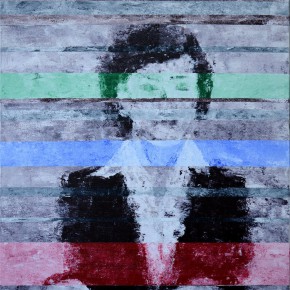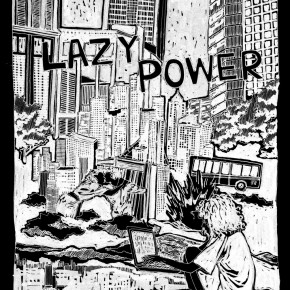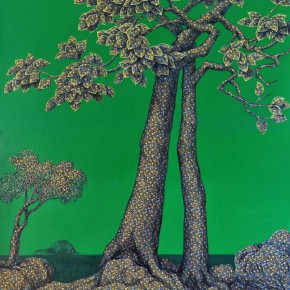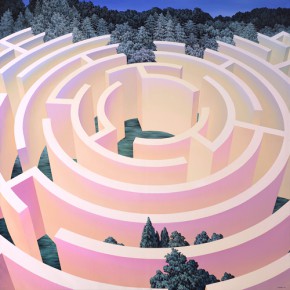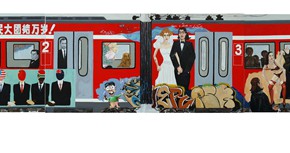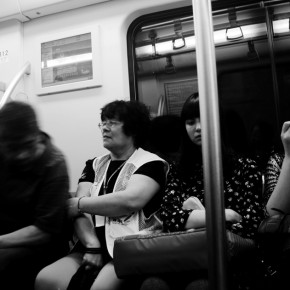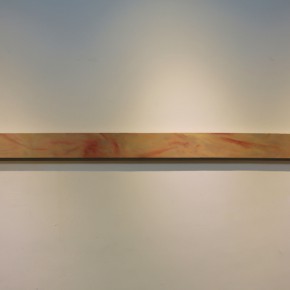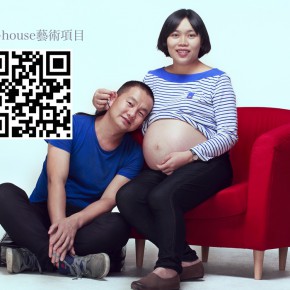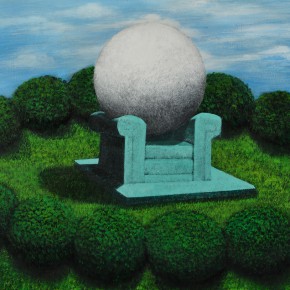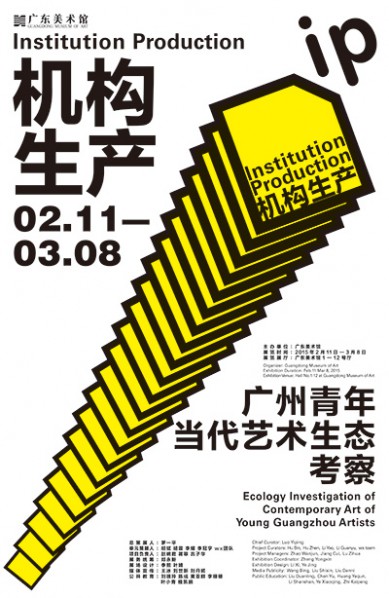
Guangzhou is one of the leading cities in China where contemporary art is active. Organized by the Guangdong Museum of Art, the large-scale exhibition entitled ‘Art Production and Art Institutions’ which explores the contemporary art circle of the younger generation in Guangzhou from a new perspective is on display at the Guangdong Museum of Art in Guangzhou from February 11 to March 8, 2015, occupying all the 12 exhibition halls.
In recent years, all kinds of art institutions have appeared in the art circle, which greatly contributes to the development of contemporary art in China. These art institutions include art museums, academies, art centres, art villages and avant-garde spaces, and each of them plays a different role in the whole system of the art circle. In a sense, the diversity and the amount of different art institutions determine the general features of an art circle. When the art institutions are producing art and knowledge, they are also open to criticism and questioning from the public, which may lead to the improvement and innovation of the institutions.
At present, the active state of contemporary art in Guangzhou is attractive. The diversity of art institutions and the increase of private art institutions provide a beneficial basis for the development of contemporary art in Guangdong. In the past, the art critics usually studied contemporary artists and art groups in Guangzhou from the perspective of art forms. Perceiving the new trends in the art world, the organizer of this exhibition attempts to study the whole system of contemporary art circle in Guangzhou from a new perspective: art institutions. This exhibition shows how the institutions help to produce art, ideas and knowledge, and how they train and develop young artists, who are the most dynamic powers in contemporary art circles.
Consisting of five units, this exhibition presents an in-depth study of contemporary art of the younger generation in Guangzhou.
Entitled ‘Academy Connections’, the first unit of the exhibition explores the influence of the art academies on the younger generation of artists, since the artists came from the academies, which have profound academic traditions and which are also reforming their art teaching to adapt to the changes of society. This unit of the exhibition also showcases the interactive and mutually complementary relationship between the art academies and other art institutions and art groups, especially the avant-garde groups. In this way, this unit may arouse the art critics’ reflection on the historical relationship between the art academies in the 1980s and 1990s and contemporary Chinese art.
Entitled ‘Huangbian Time’, the second unit of the exhibition demonstrates the achievements of a not for profit art institution in Guangzhou, the ‘Huangbian Contemporary Art Research Centre’ in the past two years in promoting experimental art. Besides the art works, documents and videos from the Centre, forums and discussions will also be organized at the museum.
Entitled ‘What can you do in Xiaozhou Village: Samples of art from Xiaozhou in 2015’, the third unit of the exhibition presents the works by the young artists who have been living in Xiaozhou Village, Guangzhou, showing how they work against the commercial system of the contemporary art circle and try to express themselves in their art works. This part of the exhibition also showcases the interviews with the young artists living in Xiaozhou and with some of the leaders of the art institutions in this art village.
Entitled ‘Transition’, the fourth unit of the exhibition attempts to reveal how the young artists produce new ideas over a long period of time by exchanging ideas with their fellow artists at the studios of a typical not for profit art institution, the ‘Guangdong Contemporary Art Centre’. In terms of ‘transition’ in space, exhibits and documents are the exchange platform for international artists at the Centre which show how overseas young artists from Guangzhou create new art works when they have changed their working environment.
Entitled ‘Local Environment and Art Works’, the fifth unit of the exhibition presents the relation between local environment in Guangzhou and the art works created by the young artists in Guangzhou, showing three groups of projects made by the WX team.
Courtesy of the Guangdong Museum of Art, for further information please visit www.gdmoa.org.


